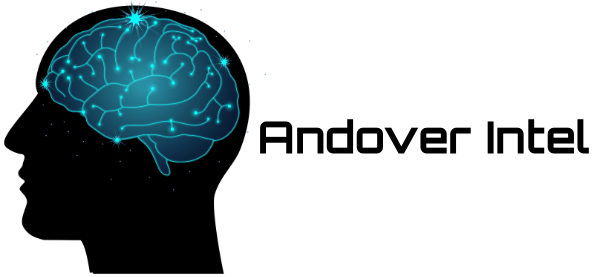According to a recent report from Deloitte, “deep fiber” is critical to support the evolution to 5G. There’s truth in this view—I think it’s clear that fiber is critical to 5G success. The questions are whether “deep fiber” is the kind of fiber that’s critical, whether fiber is a sufficient guarantee of 5G, and what…
How ONAP Could Transform Networking–or Not
A story that starts with the statement that a technology is “entering a new phase” is always interesting. It’s not always compelling, or even true, but it’s at least interesting. In the case of Network Functions Virtualization (NFV) the story is interesting, and it’s even true. It remains to be seen whether it’s compelling. NFV…
The Economics Shaping Edge Computing
If event-handling and process hosting are the way of the near future, then (as I suggested last week) we would likely shift a lot of hosting and software development off traditional server platforms. There are technical considerations here, of course (and I noted the key ones last week), but the primary issue is financial. Event…
Where Market Drivers Might Take Fog/Edge Architecture
If fog or edge computing is the future, then what kind of future is it? We have a tendency to think of distributed compute power or cloud computing as being a form of traditional computing, based on traditional hardware and software. Is that the case? If not, what model or models might really emerge? The…
Is the New Network Vendor Business Model Really Going to be Subscriptions/Services?
Wall Street has been framing Cisco’s recent technology announcements as less technology than business. The thesis is that Cisco sees the future as being revenues from services and a subscription model, rather than from hardware. This, in response to industry efforts to create commodity hardware platforms and in the growing tendency of buyers to keep…
Some General Thoughts on Service Modeling
Everyone tells us that service composition based on software tools is critical. Operators say that “agility” in service creation would help them address opportunities faster and better, and vendors think it would promote their products in a market that’s increasingly price-competitive. Perhaps it’s surprising, then, that there doesn’t seem to be a unified position on…
Taking a Deeper Look at the Evolution of SD-WAN
There has been a lot of recent discussion about SD-WAN technology and its potential. Not surprisingly, most of it has been marred by our industry tendency to over-generalize, to seize on a term that describes a host of options and presume that all the options are really the same. SD-WAN is really important, but not…
What is a Model and Why Do We Need One in Transformation?
After my blog on Cisco’s intent networking initiative yesterday, I got some questions from operator friends on the issue of modeling. We hear a lot about it in networking—“service models” or “intent models”, but typically with a prequalifier. What’s a “model” and why have one? I think the best answer to that is to harken…
What Does Cisco Intend with “Intent Networking?”
Cisco has announced it’s going to support, and perhaps even focus on, “intent-based” networking. At one level this could be viewed as a vindication of a widely held view that intent-modeling is the essential (and perhaps under-supplied or even missing) ingredient in the progression of virtualization. At another level, it could be seen as another…
Solving the Problem that Could Derail SDN and NFV
Back in the days of the public switched telephone network, everyone understood what “signaling” was. We had an explicit signaling network, SS7, that mediated how resources were applied to calls and managed the progression of connections through the hierarchy of switches. The notion of signaling changed with IP networks, and I’m now hearing from operators…

